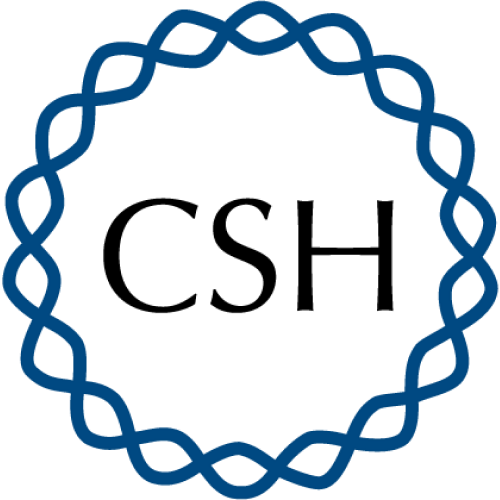
Barnase-Barstar Pair: Contemporary Application in Cancer Research and Nanotechnology
Barnase is an extracellular ribonuclease secreted by Bacillus amyloliquefaciens that was originally studied as a small stable enzyme with robust folding. The identification of barnase intracellular inhibitor barstar led to the discovery of an incredibly strong protein-protein interaction. Together, barnase and barstar provide a fully genetically encoded toxin-antitoxin pair having an extremely low dissociation constant. Moreover, compared to other dimerization systems, the barnase-barstar module provides the exact one-to-one ratio of the complex components and possesses high stability of each component in a complex and high solubility in aqueous solutions without self-aggregation. The unique properties of barnase and barstar allow the application of this pair for the engineering of different variants of targeted anticancer compounds and cytotoxic supramolecular complexes. Using barnase in suicide gene therapy has also found its niche in anticancer therapy. The application of barnase and barstar in contemporary experimental cancer therapy is reflected in the review.
Top-30
Journals
|
1
|
|
|
Biophysica
1 publication, 14.29%
|
|
|
Pharmaceutics
1 publication, 14.29%
|
|
|
ACS Chemical Biology
1 publication, 14.29%
|
|
|
Cells
1 publication, 14.29%
|
|
|
Proceedings of the National Academy of Sciences of the United States of America
1 publication, 14.29%
|
|
|
Russian Chemical Reviews
1 publication, 14.29%
|
|
|
1
|
Publishers
|
1
2
3
|
|
|
MDPI
3 publications, 42.86%
|
|
|
American Chemical Society (ACS)
1 publication, 14.29%
|
|
|
Proceedings of the National Academy of Sciences (PNAS)
1 publication, 14.29%
|
|
|
Autonomous Non-profit Organization Editorial Board of the journal Uspekhi Khimii
1 publication, 14.29%
|
|
|
Cold Spring Harbor Laboratory
1 publication, 14.29%
|
|
|
1
2
3
|
- We do not take into account publications without a DOI.
- Statistics recalculated only for publications connected to researchers, organizations and labs registered on the platform.
- Statistics recalculated weekly.






